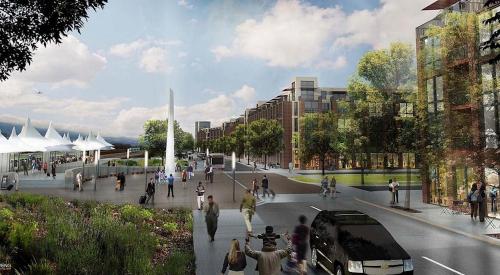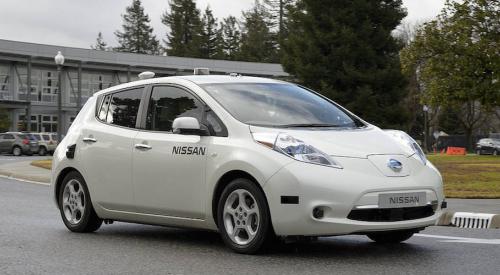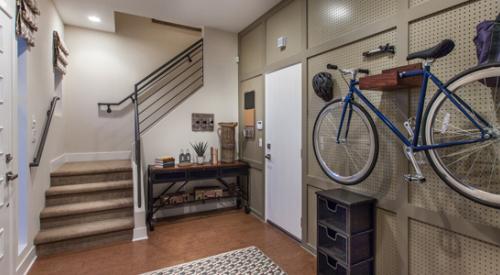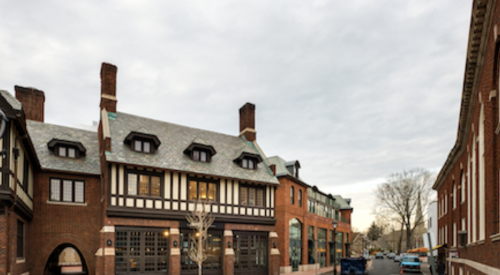Driverless cars will be optimally efficient in just about every way: They will be faster, safer, and cleaner than traditional cars. They will also allow developers, planners, and architects to rethink what a city looks like.
Andy Cohen, co–chief executive officer of Gensler and contributor to Urban Land, writes that cities will have a people-focused design in the advent of autonomous vehicles. Less space will be needed for cars, so bike lanes and sidewalks can be widened for cyclists and pedestrians. Sidewalk cafes can take the place of streetside parking, and new mixed-use projects will have more space for apartments, offices, stores, and community gathering places.
Parking garages will soon be on their way out. The fleet of autonomous cars will stay in motion, stopping to pick people up when they need rides and circling around when not in use.
This inevitably will lead to broad renovation of antiquated parking decks—large, unappealing concrete structures that will quickly become outdated and need to be repurposed. Traditionally designed with sloping or staggered floors, parking is their only realistic application; to be reused, they will certainly need to be demolished.











